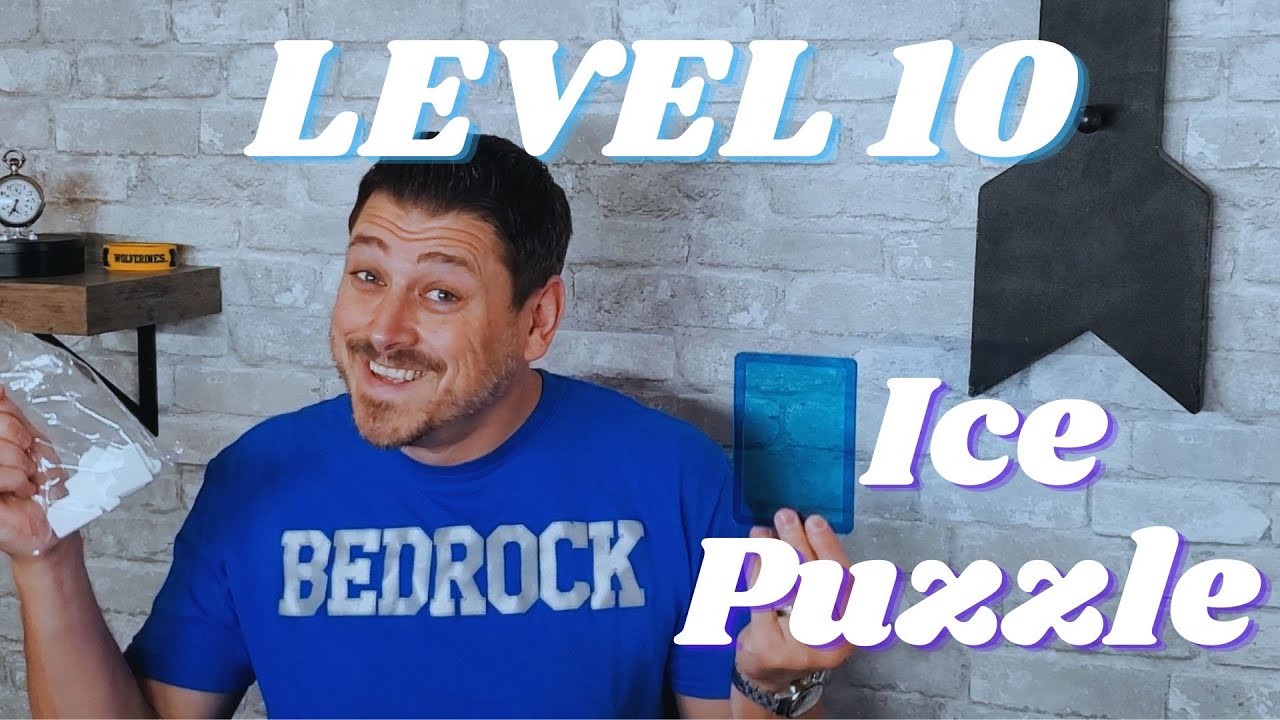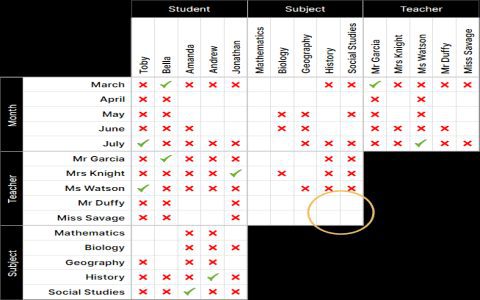Ice puzzles are a common type of environmental puzzle found in video games and puzzle collections. Their defining characteristic is a slippery surface where movement, once initiated in a direction, continues unimpeded until an obstacle is encountered.
Core Mechanics
The fundamental elements of an ice puzzle typically include:

- Slippery Surface: The player character or a designated object slides across this surface. Control is usually limited to choosing the initial direction of movement.
- Obstacles: These are walls, blocks, or other impassable elements that stop the sliding motion. They are crucial for navigating the puzzle.
- Movement Protocol: Movement is initiated in one of the cardinal directions (North, South, East, West). The entity slides in a straight line until it collides with an obstacle. There is generally no ability to stop or alter direction mid-slide.
- Objective: The goal can vary widely, such as reaching a specific target tile, collecting scattered items, activating switches, or guiding multiple objects to designated locations.
Common Objectives and Variations
Ice puzzles can manifest with diverse objectives and complexities:
- Pathfinding: The primary goal is to determine the correct sequence of slides to navigate from a starting point to an exit or a specific target tile.
- Item Collection: Players must slide to collect one or more items distributed across the ice. The order of collection can be critical, and some items may only be accessible after specific prior moves.
- Switch Activation: Sliding into designated switches or buttons to alter the puzzle environment. This might involve opening doors, raising/lowering barriers, or creating new pathways.
- Multi-Object Manipulation: Some puzzles require controlling or influencing multiple sliding objects, often needing them to interact or reach specific final configurations.
- Sequence-Dependent Solutions: Requiring a precise sequence of moves. A single incorrect slide can often lead to an unsolvable state, necessitating a reset of the puzzle.
Strategic Approaches to Solving
Effectively tackling ice puzzles often involves specific problem-solving techniques:
- Working Backwards: Analyzing the puzzle from the goal state can help identify the necessary penultimate moves and critical stopping points. This can simplify complex pathfinding.
- Identifying Key Obstacles and Choke Points: Recognizing which obstacles are essential for redirecting movement towards the objective or which narrow passages must be traversed.
- Systematic Exploration: While some trial and error is often part of the process, it should be approached methodically. Mentally (or physically) note down move sequences that lead to specific positions or dead ends.
- Look-Ahead Planning: Visualizing the outcome of several potential moves in advance before committing to a slide. Consider the consequences of each choice.
- Pattern Recognition: Identifying recurring patterns, sub-puzzles, or symmetrical elements within larger, more complex layouts can simplify the overall solution.
Inherent Challenges
The difficulty inherent in ice puzzles typically stems from several core factors:
- Indirect Control: The primary challenge is the inability to stop or change direction mid-slide. Every move must be carefully considered based on available obstacles.
- State Space Complexity: As the size of the grid, the number of obstacles, and the number of objectives increase, the number of possible states and move combinations can grow exponentially, making brute-force solutions impractical.
- "Point of No Return" Scenarios: Many ice puzzles are designed so that certain moves can lead to an unwinnable state, forcing a complete reset. Identifying these critical junctures is key to efficient solving.
- Hidden Mechanics or Traps: Some advanced ice puzzles may incorporate hidden elements, one-way paths, or traps that are only revealed through experimentation.










